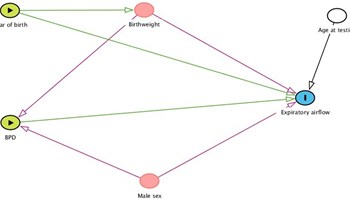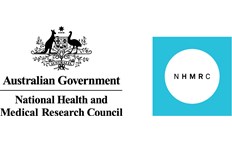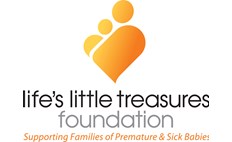Expiratory airflow at 7–8 years of age in children born extremely low birthweight

Expiratory airflow at 7–8 years of age in children born extremely low birthweight from 14 years before to 14 years after the introduction of exogenous surfactant.
It is unclear if expiratory airflow in survivors born extremely low birth weight (ELBW; 500–999 g) has improved after the introduction of exogenous surfactant into clinical practice in 1991. The primary aim of this study was to describe the changes in airflow at 7–8 years of age of survivors born ELBW in five discrete cohorts from 14 years before to 14 years after the introduction of exogenous surfactant into clinical practice.
Overall, there was little change in forced expired volume (zFEV1) over the 28-year period. There was, however, evidence of an interaction between bronchopulmonary dysplasia and zFEV1 in those who had BPD fell over time whereas zFEV1 improved in those who did not have BPD.
Have a read of the article published in The Lancet (eClinical Medicine) here.







